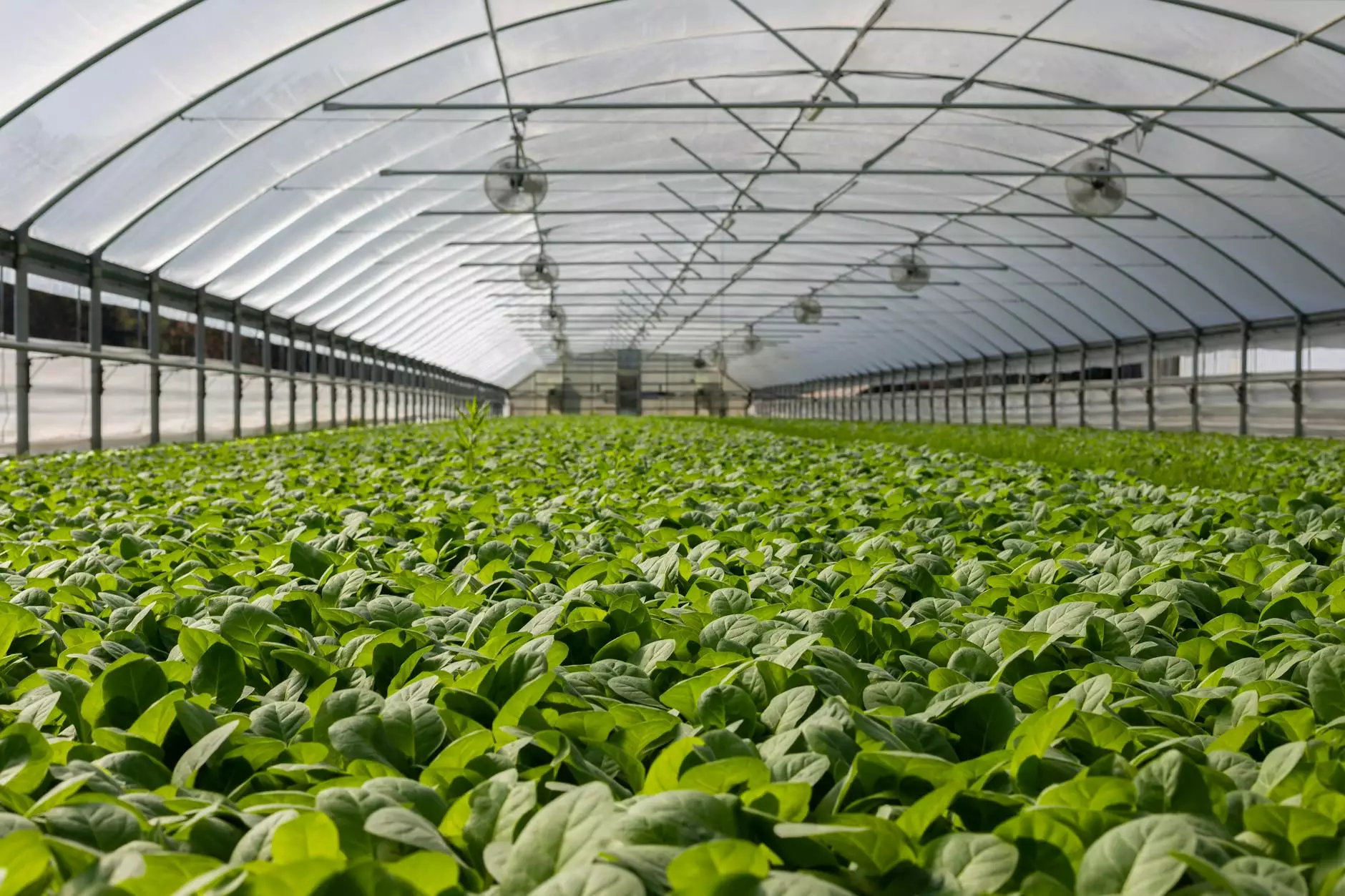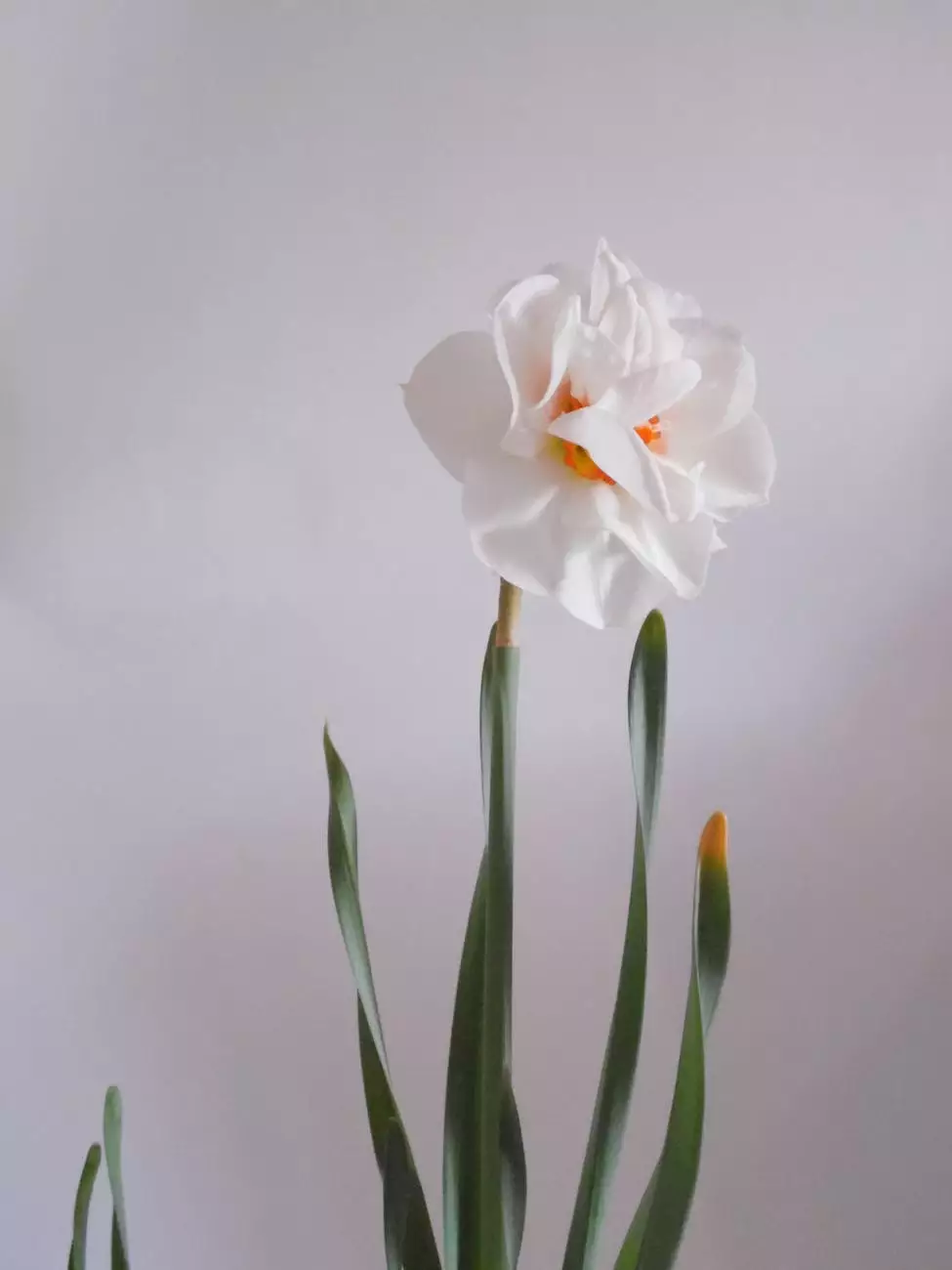Indoor Grow Light Setup Guide
Blog
Introduction
Welcome to Cultivate Colorado's comprehensive Indoor Grow Light Setup Guide! If you're looking to optimize your indoor plant growth, you've come to the right place. In this guide, we'll walk you through everything you need to know about setting up grow lights for your indoor garden.
Chapter 1: Understanding Grow Lights
Before diving into the setup process, let's begin by understanding the importance of grow lights in indoor gardening. Grow lights act as an artificial light source, replicating the natural sunlight plants need to thrive. Whether you're growing herbs, vegetables, or flowers, utilizing the right grow lights can significantly impact your plant's growth and yield.
1.1 Types of Grow Lights
There are several types of grow lights available in the market, each with its strengths and weaknesses. The most popular types include:
- LED Grow Lights: These lights are energy-efficient, provide optimum spectrum control, and have a longer lifespan compared to other types. LED grow lights are perfect for all growth stages and can be adjusted to suit your specific plant's needs.
- High-Intensity Discharge (HID) Grow Lights: HID lights are known for their high output and intensity, making them ideal for larger indoor gardens. They are available as Metal Halide (MH) and High-Pressure Sodium (HPS) lights, each serving different purposes throughout your plant's growth cycle.
- Fluorescent Grow Lights: Fluorescent lights are cost-effective and efficient for smaller indoor gardens or seedling starts. They emit less heat, allowing them to be placed closer to plants without causing damage.
1.2 Determining Light Requirements
Understanding your plant's light requirements is crucial for a successful indoor grow. Different plants have varying light intensity and duration needs throughout their growth stages. Factors such as the plant species, growth phase, and available space will help you determine the ideal light setup for optimal results.
Chapter 2: Setting Up Your Grow Lights
Now that you're familiar with grow lights and their significance, let's dive into the practical steps of setting up your indoor grow light system.
2.1 Evaluating Your Growing Space
Before purchasing any grow lights, assess your growing space. Consider factors such as the size of the space, the number of plants you intend to grow, and the layout of your indoor garden. Analyzing your space will help you determine the number and type of grow lights needed to cover your plants adequately.
2.2 Choosing the Right Grow Lights
Based on your evaluation, select the appropriate grow lights that meet your specific requirements. Consider factors such as light intensity, coverage area, power consumption, and spectrum control. Cultivate Colorado offers a wide variety of high-quality grow lights suitable for any indoor garden.
2.3 Installing the Grow Lights
Once you've acquired your grow lights, it's time to install them in your indoor garden. Follow the manufacturer's instructions carefully to ensure proper installation and safe operation. Consider the height and distance of the lights from your plants to avoid light burn or insufficient coverage.
2.4 Light Schedule and Maintenance
Establishing a suitable light schedule is crucial for your plants' growth. Most plants require 12-16 hours of light per day during their vegetative stage and 8-12 hours during the flowering stage. Additionally, make sure to regularly clean the lights and inspect them for any signs of damage or malfunction.
Chapter 3: Tips for Optimal Indoor Plant Growth
To maximize your indoor plant growth, here are some additional tips to consider:
3.1 Proper Ventilation
A well-ventilated growing space ensures fresh air circulation, preventing mold or pests from damaging your plants. Use exhaust fans or ventilation systems to maintain the right temperature and humidity levels.
3.2 Nutrient Management
Ensure your plants receive the necessary nutrients for their growth. Consider using organic fertilizers or hydroponic systems to provide the ideal nutrient balance.
3.3 Monitoring and Control
Regularly monitor your plants for signs of stress, pests, or diseases. Use appropriate pest control methods, such as organic pesticides, to maintain a healthy and thriving indoor garden.
3.4 Regular Harvesting and Pruning
Harvest your plants regularly to encourage new growth and prevent overcrowding. Prune your plants to maintain their shape, improve airflow, and promote stronger bud development.
Conclusion
Congratulations, you're now equipped with the knowledge to set up your own indoor grow lights successfully. Remember, choosing the right grow lights and optimizing their setup will greatly impact your plant's growth and yield. Cultivate Colorado is here to provide you with top-of-the-line grow lights and any additional assistance you may need. Happy gardening!




